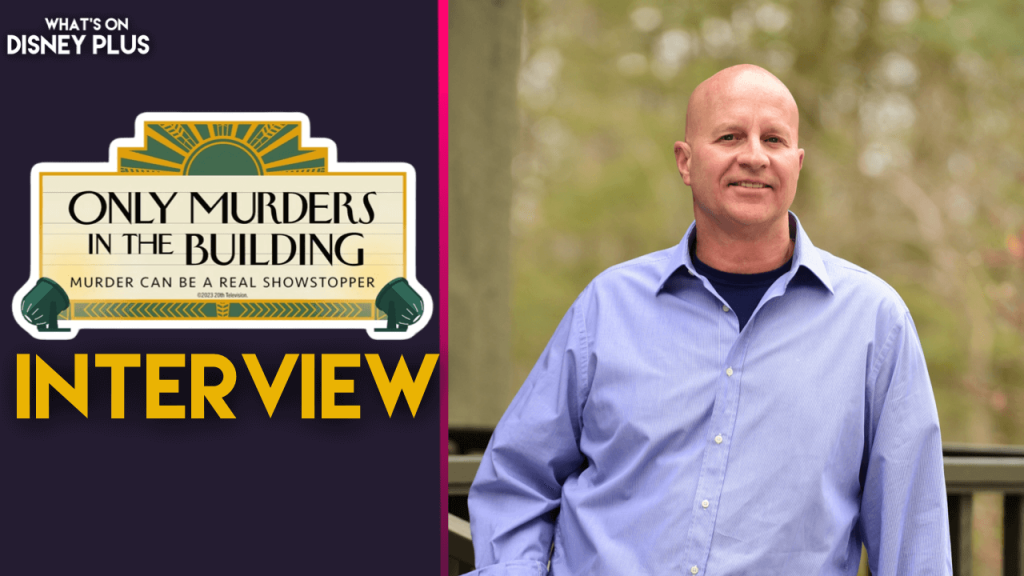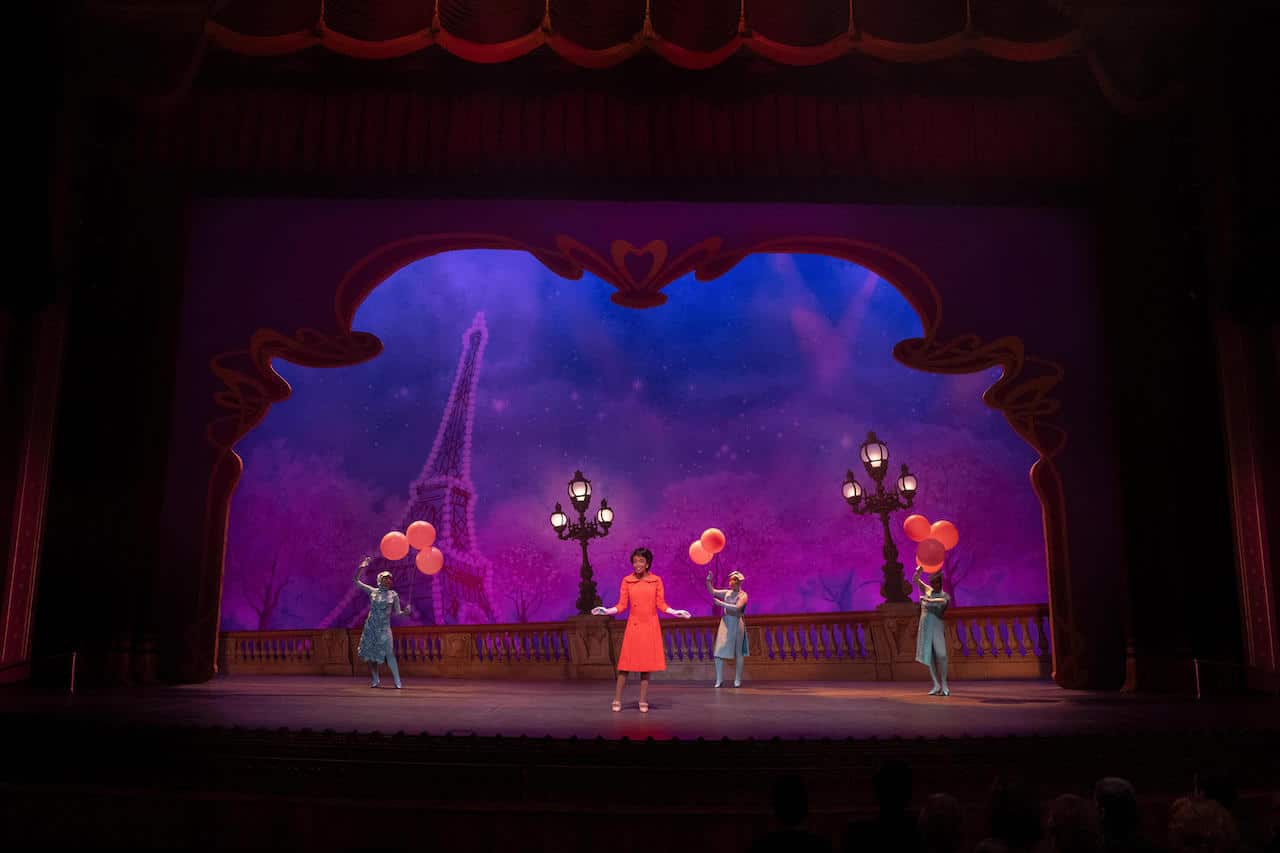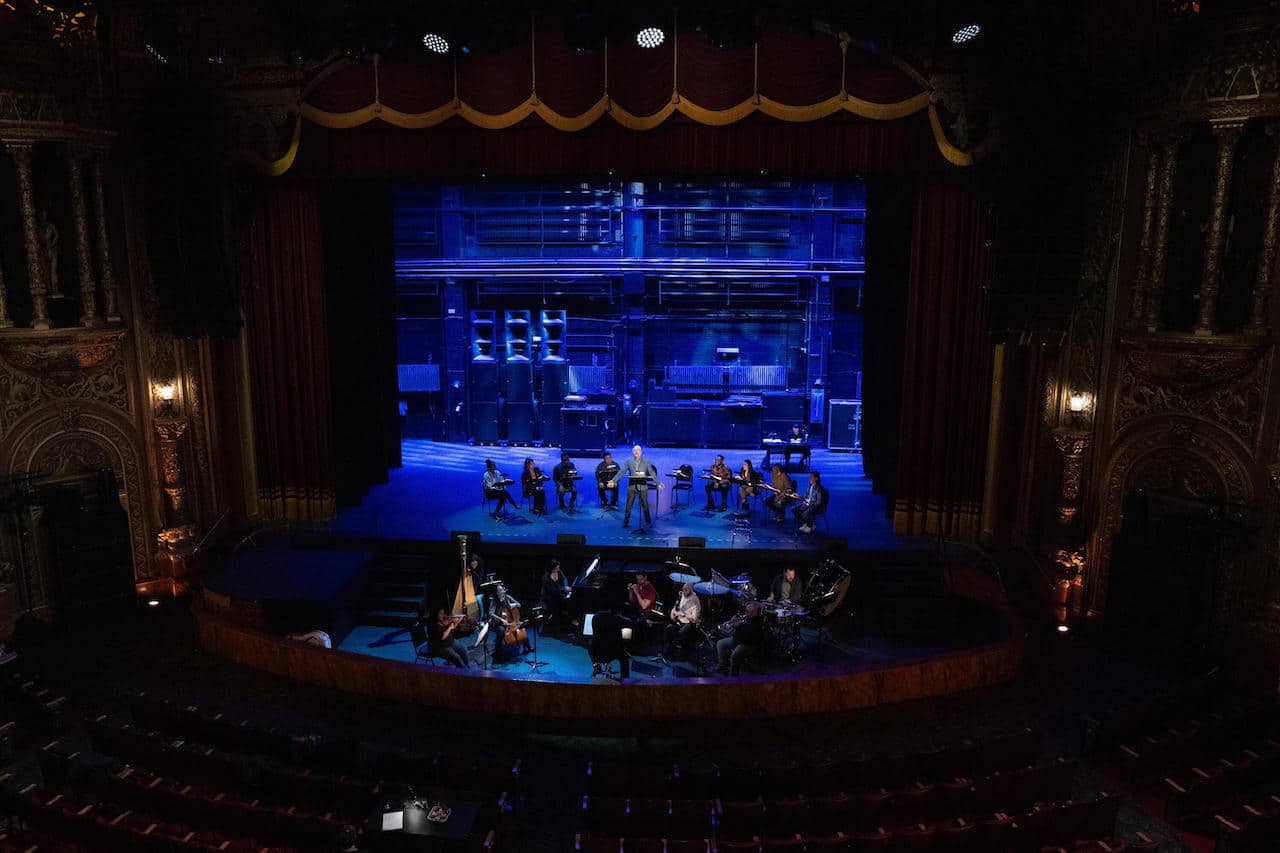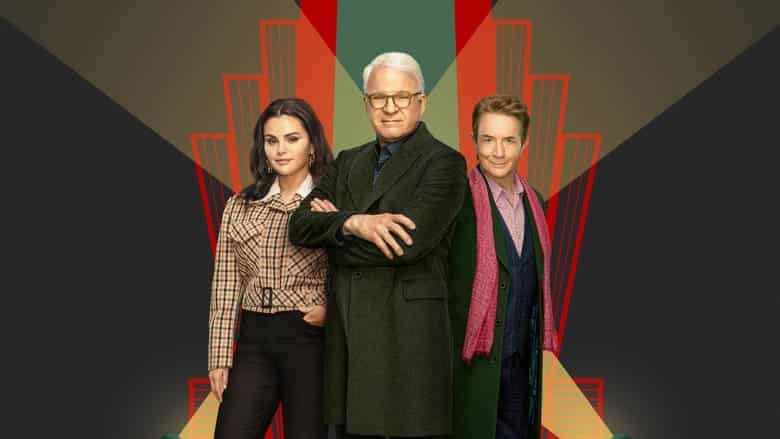
“Only Murders In The Building” Production Designer Patrick Howe | Exclusive Interview
Just ahead of the season finale of the third season of “Only Murders In The Building”, I recently got to speak with the show’s production designer, Patrick Howe, about how he created the look for the show.
From the minds of Steve Martin, Dan Fogelman, and John Hoffman comes a comedic murder-mystery series for the ages. “Only Murders In the Building” follows three strangers (Steve Martin, Martin Short and Selena Gomez) who share an obsession with true crime and suddenly find themselves wrapped up in one. When a grisly death occurs inside their exclusive Upper West Side apartment building, the trio suspects murder and employs their precise knowledge of true crime to investigate the truth. As they record a podcast of their own to document the case, the three unravel the complex secrets of the building, which stretch back years. Perhaps even more explosive are the lies they tell one another. Soon, the endangered trio comes to realize a killer might be living amongst them as they race to decipher the mounting clues before it’s too late.
In the third season, Charles, Oliver & Mabel (played by Steve Martin, Martin Short & Selena Gomez) investigate a murder behind the scenes of a Broadway show. Ben Glenroy (Paul Rudd) is a Hollywood action star whose Broadway debut is cut short by his untimely death. Aided by co-star Loretta Durkin (Meryl Streep), our trio embarks on their toughest case yet, all while director Oliver desperately attempts to put his show back together. Curtains up!
Patrick explained what the role of a production designer on the show involved:
So, as the production designer, I’m responsible pretty much for everything that you see on camera. But not the clothes that people are wearing and technically not the lighting, but in terms of all of the settings, backgrounds, to a certain degree, all the props. And I’m involved in making, setting a tone and the approval of what everything sort of looks like to fit into our concept and my visual palette for the show. So, I’m sort of the aesthetic arbiter of everything except for clothing. So it includes planes, trains, automobiles, food, artwork and fabrics, and the decor is under my domain, as well as the architecture. And it’s me that’s sort of determining floor plans and creating the spaces that we can, the action that’s been written can be filmed in.
The third season of the show features a Musical element. How fun was that to create?
Yeah, it was so much fun because my heart has really always been in theater, it is where I started. And a long time ago, I made a choice do to do TV and film and as a career for the stability. And it was financially more rewarding, especially early on in comparison to the work I could get in live theater. So, I made that choice. But my original love is always the storytelling on a live stage and the interaction with a live audience. And so, in my heart, what I was sacrificing was the live audience and having to rely on just feedback from viewers, which it’s not instantaneous. So it’s a whole different process. And I think actors would agree with that too. It affects them of whether they’re directly performing and getting the reactions from an audience or seeing it a year later in a movie theater to find out how people react.
So I really love that aspect of doing theater. And so it was fun to create the musical and to do a show within a show, which is always complicated, but at a good working relationship with our showrunner, John Hoffman, who was able to describe things about this Nova Scotia lighthouse or that was what the setting was to be. So we just launched into research and sketches and started confining or narrowing down what the show could be in the look of it. One of the big that’s really fun to do, that sort of no strings, the 1960s Diane Carroll performance, that was just a completely made-up look for the show. That was not a historic reproduction of any sort. And so I enjoyed presenting that tone for that and that story that was written for episode one where a young Loretta watches that show, that is so true in real life. That happened to me and countless others of actors and designers and everyone in the craft of that. You get inspired as a child, and you say, I really want to do that when I grow up. That’s so true. And it happened to me. And so I was excited to, I’ve been my whole career excited to see that turn out that way.
What was the biggest challenge in creating the third season of “Only Murders In The Building”:
I think definitely creating the feeling of enough scenery of a Broadway show that looked realistic for if you were an audience member in a show in a live theater, but then also creating it in a way that worked for TV cameras and filming, and especially because I had to make design choices about it without the normal data that you would have, the normal inspirations you would have would be, some of the music would already be written, and some of the lyrics would exist, and some of the book would exist. You’d have a title of a show, you’d have a lot of things that could help you inform you for your inspiration and decisions. And none of that existed at the time. It was just like, there’s going to be a musical. And I sort of had to start designing something in a more arbitrary way. But thankfully, what John was really good with, he was able to hone in on, let’s make it a lighthouse in Nova Scotia, let’s have rocks to find a dead body on. So, just with his verbal descriptions was able to hone in on a look for it.
Were there any challenges in working in a theater?
Oh, very much so, because it was certainly, it’s a beautiful theater, but it’s not one that we owned, so to speak, for the duration of our show. So it becomes very complicated when you want to film in locations and you have limited access to them. And generally the way these TV shows, the pace of filming them and the way they’re budgeted, the ideal situation is that you can just show up to a location the day that you want to film and just start working there. And in the case of this, with our stage sets required so much preparation for the theater. So we needed to book the theater space for much longer than usual to literally set up scenery on the stage and a lot of time for lighting also to create a believable lighting design for the show within the show.
So all those things take a lot of time, and normally in the theater you have weeks and weeks before you’re going to begin a tech rehearsal for the show to get it ready. So we didn’t have that luxury. So that was a lot of complication. But fortunately, we were using the theater for the audience space and for the actual stage in the main curtain. But then I built everything else on our sound stages of all the dressing rooms, hallways, support spaces and Jerry’s layer. All of those things were built in our TV studio. But definitely, the challenges at the theater were about access, how long we could work in there, and then an amount of time to take things down after we were done because it went back and forth. Every time we shot in there, we had to strike everything and move out so that somebody else could work in there.
You can check out all three seasons of “Only Murders In The Building” on Hulu in the United States, Star+ in Latin America and on Disney+ in the United States. The finale will be released on Tuesday 3rd October 2023.
You can also listen to the interview through our Podcast feed:
Are you looking forward to the finale of “Only Murders In The Building”? Let us know on social media!





